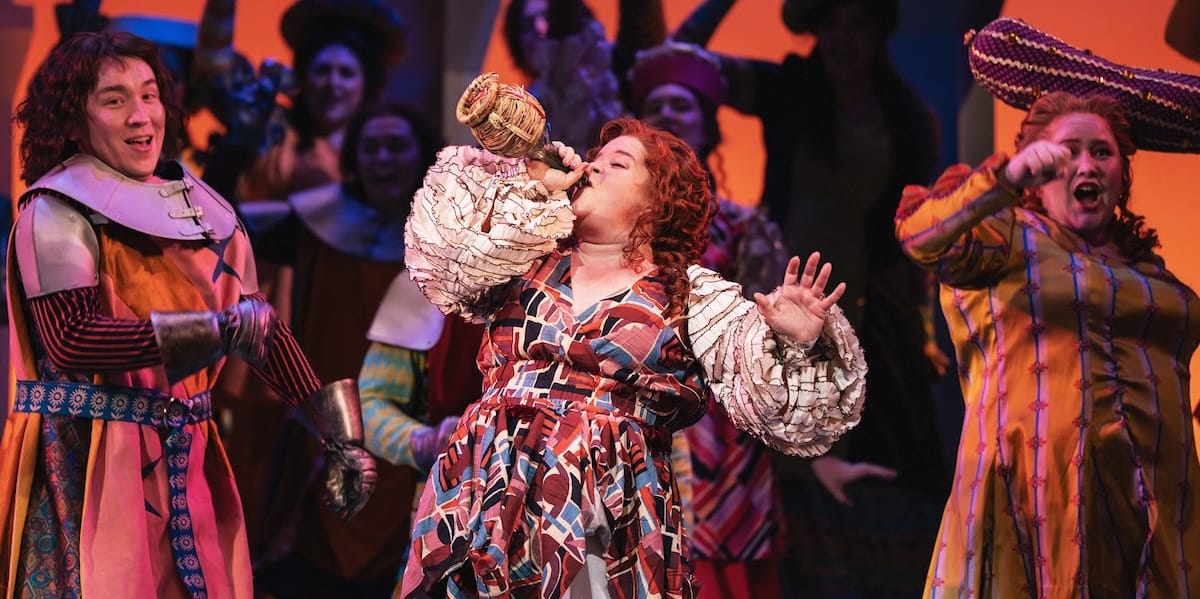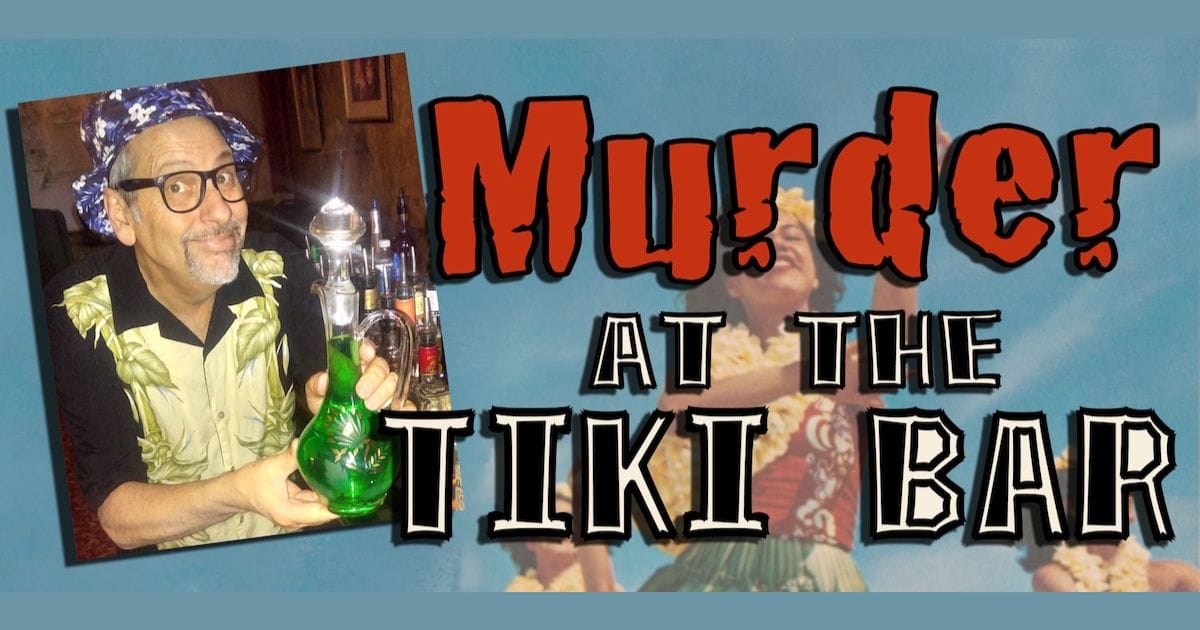Candlelight production of the toe-tapping musical is a standout in Johnstown.
Though Bright Star may not carry the same name recognition as many of Candlelight Dinner Playhouse’s other offerings, it’s a standout show in every way that matters. Co-created by banjo legend Steve Martin (yes, that Steve Martin) and singer-songwriter Edie Brickell, this bluegrass-infused musical delivers a toe-tapping score wrapped around a life-affirming story that left more than a few audience members in tears. In a time when hope can sometimes feel distant, Candlelight’s production of Bright Star, directed by Steve Wilson, offers a welcome dose of optimism.
A sweeping tale of pain and redemption
Bright Star takes place in the Blue Ridge Mountains of North Carolina during the 1920s and 1940s. The story centers around Alice Murphy (Jennasea Pearce), a hardened literary editor whose life has been shaped by an unspeakable tragedy. When aspiring writer Billy Cane (Andrew Hensel) walks into Alice’s office with the hopes of getting published in her prestigious journal, Alice challenges him to write “a sweeping tale of pain and redemption.”
This is a fitting description of the story that unfolds over the next two hours, as we’re drawn into Alice’s past to uncover the events and relationships that shaped her. The narrative weaves between timelines and settings, moving from the rural towns of Hayes Creek and Zebulon to the city of Asheville. In doing so, it offers a vivid portrayal of the American South at the close of both World Wars. The musical is full of references to Southern writers — a detail I couldn’t help but appreciate as a writer myself — and is brimming with the kind of longing, loss and resilience that are hallmarks of Southern storytelling.
I recently saw Jennasea Pearce as Laurey in Oklahoma! at Candlelight, and while she was strong in that role, I found her performance in Bright Star to be an even better fit, revealing a broader emotional range while once again showcasing her powerful voice. Another standout was Jazz Mueller, who brought depth and intensity to the role of Jimmy Ray Dobbs, Alice’s love interest.
Over the course of the story, Jimmy Ray must navigate a complex emotional journey, and Mueller plays each moment with great sensitivity — all while delivering a stellar vocal performance. Eric Heine also made a memorable impact as Daddy Cane. While his role was smaller, Heine stole several scenes with his comedic timing, earning especially big laughs in his final moments on stage.
Bluegrass bliss
While I found the story deeply moving, I can understand why some might consider it a bit predictable or even cheesy at times. That said, Bright Star’s charm lies in its unflinching heart and earnestness, qualities that I think make those moments easy to forgive. If the narrative doesn’t fully capture you, however, the music alone is worth the price of admission.
Directed by Mason Siders, the eight-person orchestra, known as “The Mason Jars” (get it?), was absolutely phenomenal. The orchestra brought all the beloved bluegrass staples — banjo, fiddle and double bass — to life in a way that you don’t often get to experience in a musical theatre setting. I was especially impressed by Chris Elliott on banjo. Each time the instrument kicked in was a true pleasure.
Several songs from the show have already earned a spot in my musical theatre rotation. I particularly enjoyed the ensemble numbers, which skilfully combined energetic choreography, a vibrant big band sound and rich storytelling. Pearce’s powerhouse performance of “If You Knew My Story” opened the show with a bang, while Hensel’s rendition of “Bright Star” beautifully captured the feeling of standing on the cusp of a new beginning. Pearce and Mueller shared several powerful duets, from the playful, high-spirited “Whoa, Mama” to the haunting “I Had a Vision.”
Grab your partner
The choreography by Tia Bloom was another highlight, blending traditional Southern folk moves with more modern interpretations. From the foot-stomping energy of the ensemble numbers to balletic interludes, Bloom’s direction ensured that every sequence felt connected to the big, wholesome heart of the story.
Although most elements of the production were effective, there were a few missteps. For instance, a shoddy tombstone prop used at the beginning of the show was a baffling choice and didn’t quite fit the tone of the scene. Additionally, while the set design was functional for the musical’s many scene and time transitions, I felt it could have been more visually engaging.
Yet, these minor issues didn’t take away from the show’s powerful emotional core. Striking the perfect balance between heartache and hope, Candlelight’s Bright Star not only entertains but also uplifts. It’s a story that made me feel human again.
Leila Einhorn lives and writes in Fort Collins. Her poetry, fiction and criticism can be found in various publications both in-print and online, including Always Crashing, Twenty Bellows, Collider and elsewhere. She is a former editorial assistant for the Colorado Review, co-founder of the Philadelphia Free Poetry Workshop in West Philly and a member of the GuloGulo Poetry Collective in Fort Collins. Find her online at www.leilaeinhorn.com.










Leave A Comment